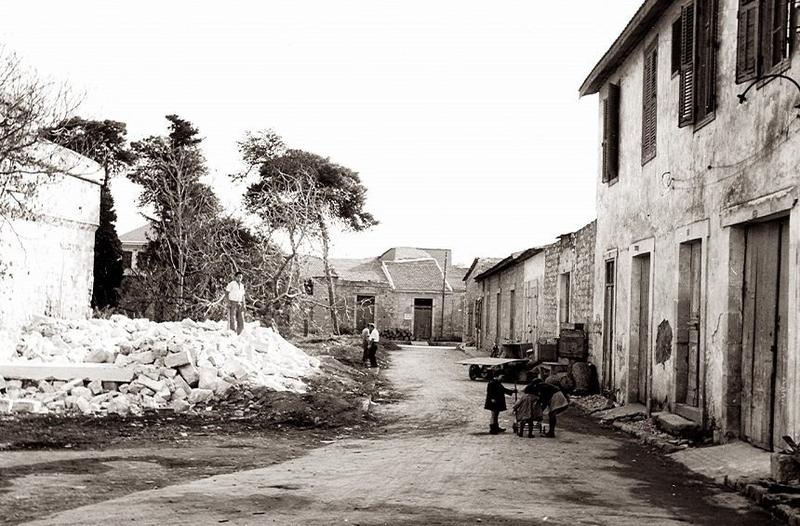
The carob trade flourished in Cyprus during the period of British Rule. As Limassol was one of the main ports used to carry out this highly lucrative economic activity, several warehouses were built near the sea in order to store and process the carobs.
One of the first warehouse complexes, part of which was constructed during the Turkish occupation, is located right next to the Medieval Castle of Limassol. The warehouses of the N.P. Lanitis LTD company were transformed into a contemporary carob mill in 1937, once the company began exporting carobs to Great Britain, Russia, Romania, and Egypt at the start of the 20th century.
The Limassol port had central role in the export of carobs, which had been named ‘black gold,’ due to their value. Cypriot carobs were very popular on the international market, in their many different forms. Large, high quality carobs were intended for human consumption. The rest were processed and ended up in carob cubes (animal feed), as carob flour (a chocolate substitute), or as pellets (for the production of glue).

Massive loads of carobs.
Cyprus produced an average of 50,000 tons of carobs. During that time, there were approximately 2,000,000 carob trees on the island, with an average production of 25 kilograms each. Thus, in 1960, Cyprus ranked third in the production of carobs, after Spain and Italy.
The trasportation of carobs.
This activity declined after the 1960s, and the buildings used as carob warehouses were abandoned or new uses found for them. The Lanitis warehouses were renovated and re-utilized, but the carob mill space was developed into a museum that takes visitors on a tour through this important piece of the island’s history.
The carob mill then an now.* NOTE: The tributes of the Project "History of Limassol" present information that has emerged from historical research thus far. Any new data is embedded into the tributes, once it has been confirmed.